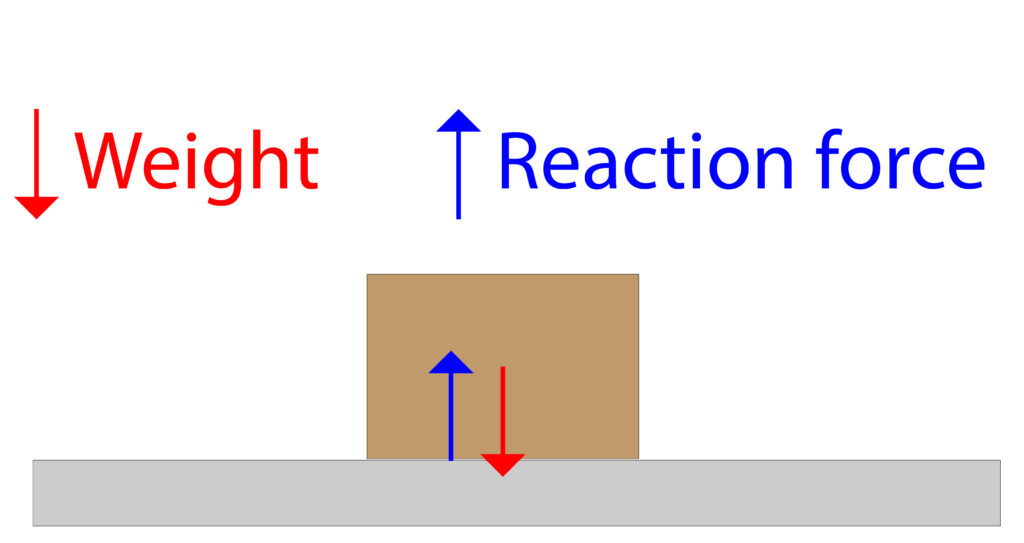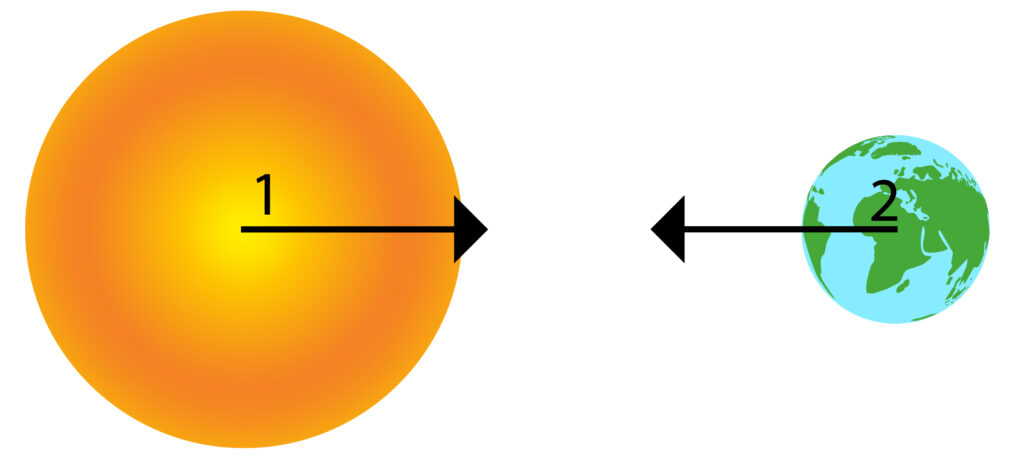AQA GCSE Contact and Non contact Forces(Physics)
Forces
A force is a push or pull that acts on an object due to the interaction with another object.
Forces are measured in Newtons. Any force is a vector quantity.
A force can change the shape, speed or direction of an object.



Compression forces have deformed the shape of the cup.
The net provides an elastic force to change the direction of the tennis ball.
The engine thrust will provide a force to cause the motorbike to accelerate and so its speed will increase
Types of Forces
There are two main types of forces:
1.Contact forces where the objects are physically touching
2.Non contact forces where the objects are not physically touching
| Contact Forces | Non Contact Forces |
|---|---|
| Friction | Electrostatic |
| Air resistance | Magnetic |
| Upthrust | Gravitational force |
| Tension | Weight |
| Reaction Force | |
| Compression |
Contact Forces
Friction

Friction occurs between two solid surfaces that are in contact and opposes motion. In this case there is friction between the match head and the match box.
Air Resistance

Air resistance can slow down objects and it occurs as the object moves through the air. It is caused by the air particles needing to be moved out of the way. In the diagram below, the parachute causes air resistance making it harder for the man to run.
Upthrust

Upthrust can allow objects to float in a fluid. The fluid exerts an upward force on the object.In this case the upward force of the water on the wood allows the wood to float.
Tension

Tension or stretching forces can occur in cables. For example there are tension forces in the crane cables, when the crane is lifting the crate.
Reaction force

The Weight of the box exerts a downward force on the floor. In response the floor exerts a reaction force upwards on the box. Both forces are equal in size, opposite in direction.
The weight force should go from the centre of the box and point downwards. The reaction force should go from where the box and floor surface meet and point upwards. This is because the reaction force pushes the objects apart, in this case the box from surface.
Both arrows should overlay each other vertically. However, for simplification and to allow you to clearly see the force arrows, we have moved the reaction force just slightly to the left.
In some cases the arrows are in different positions on other websites for this example, sometimes for simplification reasons.
Also, remember weight is a non contact force. Reaction force is the contact force. Weight was only included here because we needed an example to show you reaction force.
Compression

This press using compression forces to squash any object placed within the space.
Non Contact Forces
Gravitational force
Gravitational force is the force of attraction between two masses.

There is a gravitational force of attraction between the Sun and the Earth.
Both force arrows should start from centre as this is where the mass is concentrated.
Arrow 1 is the gravitational force that the Earth exerts on the Sun.
Arrow 2 is the gravitational force that the Sun exerts on the Earth.
Both force arrows should be equal in size, but opposite in direction.
Electrostatic Forces

Charged objects can exert electrostatic forces. In this case the opposite charged spheres have a force of attraction.
The arrows should start from middle of sphere, because that is where the mass is concentrated. However, for a simplification so the charges can be seen, the arrows were started from the edge of spheres.
Magnetic Forces

The diagram shows force arrows for magnetic forces when two north poles are placed next to each other. The force arrows start from the middle of the north pole and move in opposite directions, but are of equal size.
Practice Questions
1. Define the term force
2. How can forces affect an object?
3. Define the term contact force
4. Define the term non contact force
5. Give 3 examples of contact forces
6. Give 3 examples of non contact forces, excluding weight
Absorption and Emission of EM Radiation
JJ Thomson and Plum pudding model
Ernest Rutherford and the Nuclear Model
Niels Bohr changing the Nuclear Model
Discovering the Proton and Neutron
Measuring radiation from radioactivity
Radiation types and properties
Random nature of radioactive decay
Radioactive contamination or irradiation
Hazards of contamination and irradiation
Studies on the effects of radiation on humans
Different half lives of radioactive isotopes
Nuclear Fission Chain Reaction
Writing nuclear fission equations
Drawing ray diagrams for a concave lens
Drawing Ray Diagram to produce a virtual image for a convex lens
Drawing ray diagram to produce a real image for a convex lens.
Specular and Diffuse Reflection
Seeing Coloured Objects Part 2
Viewing objects through coloured filters
Transparent, Translucent and Opaque